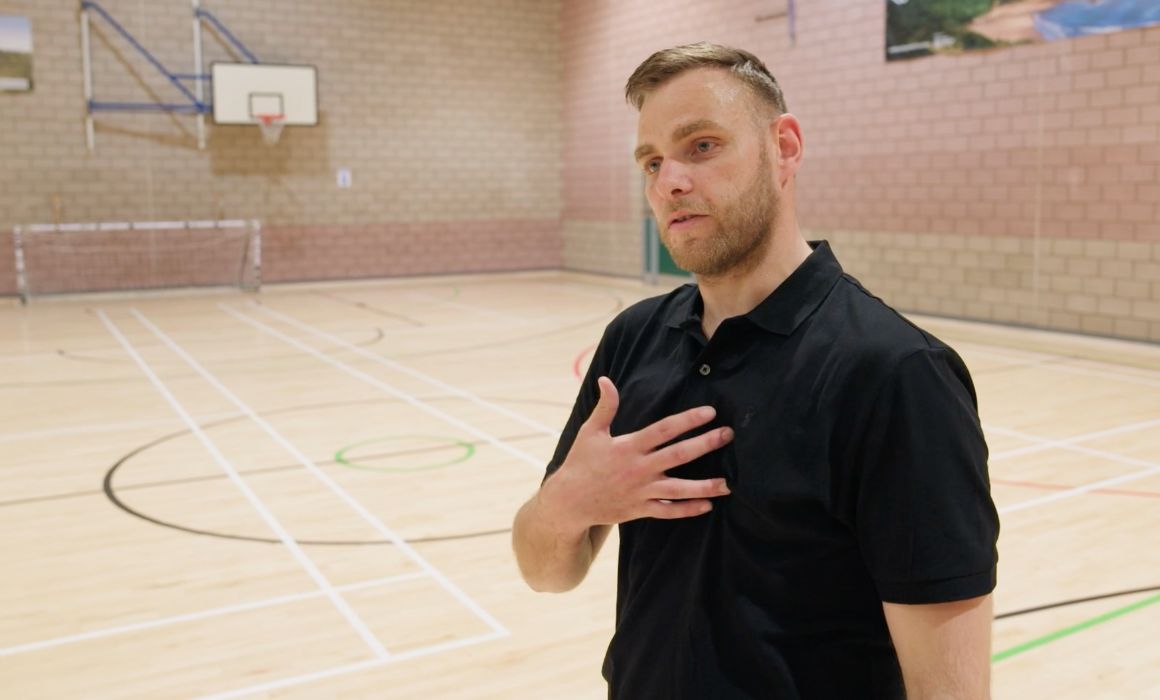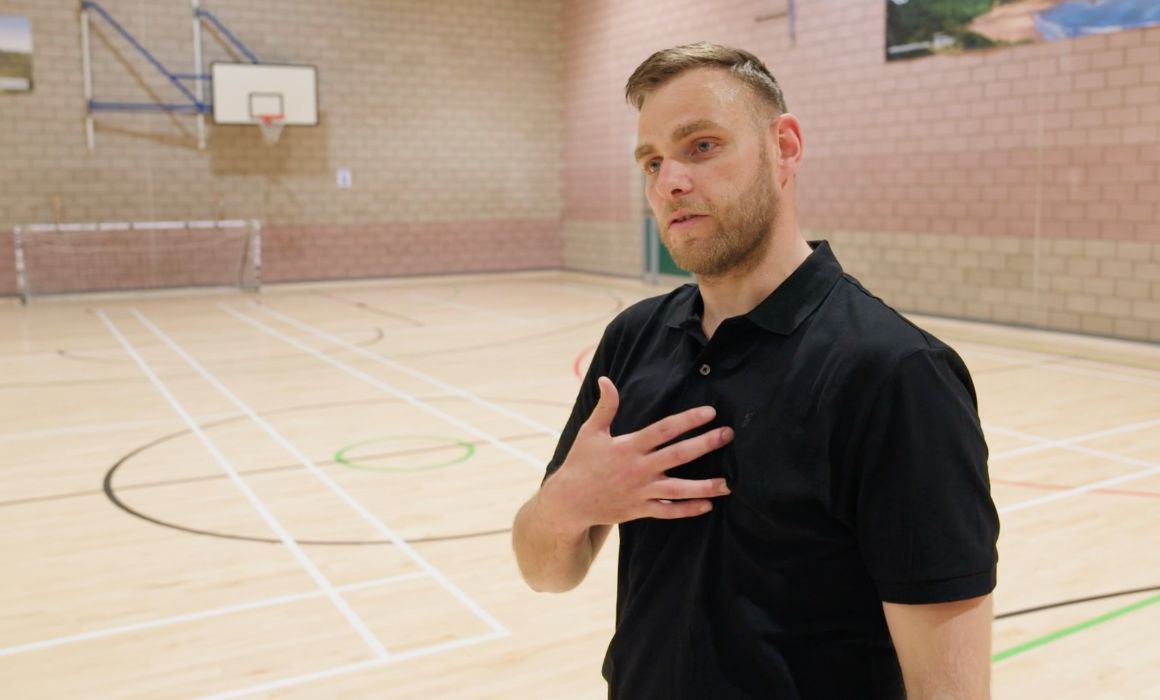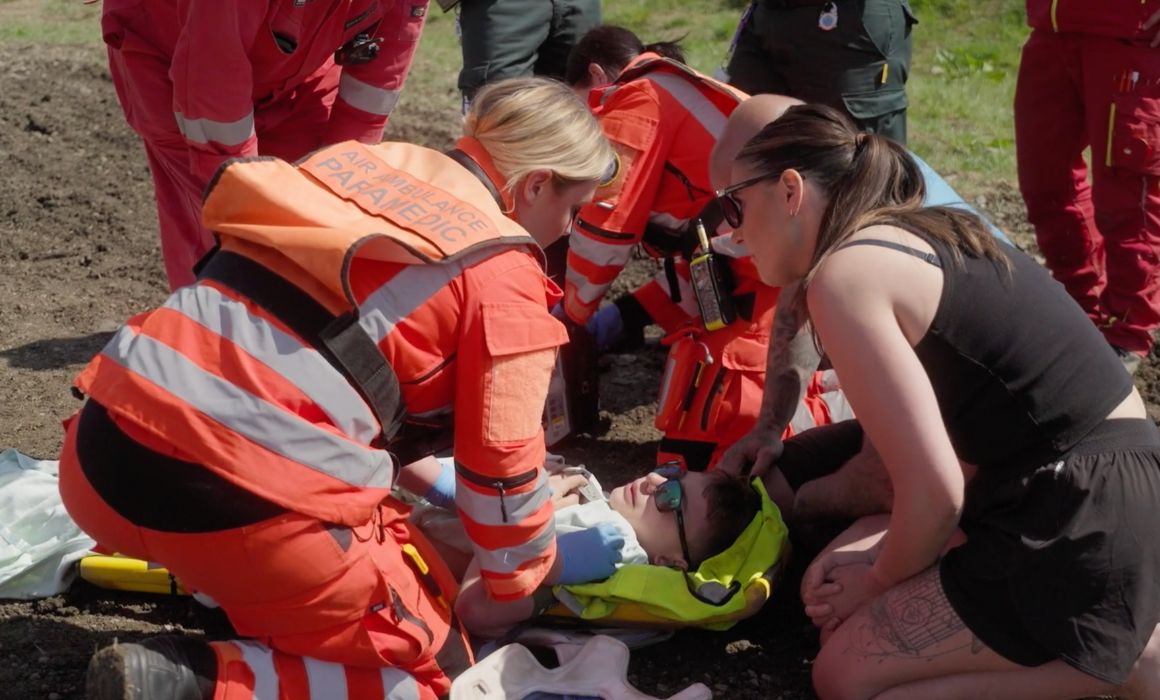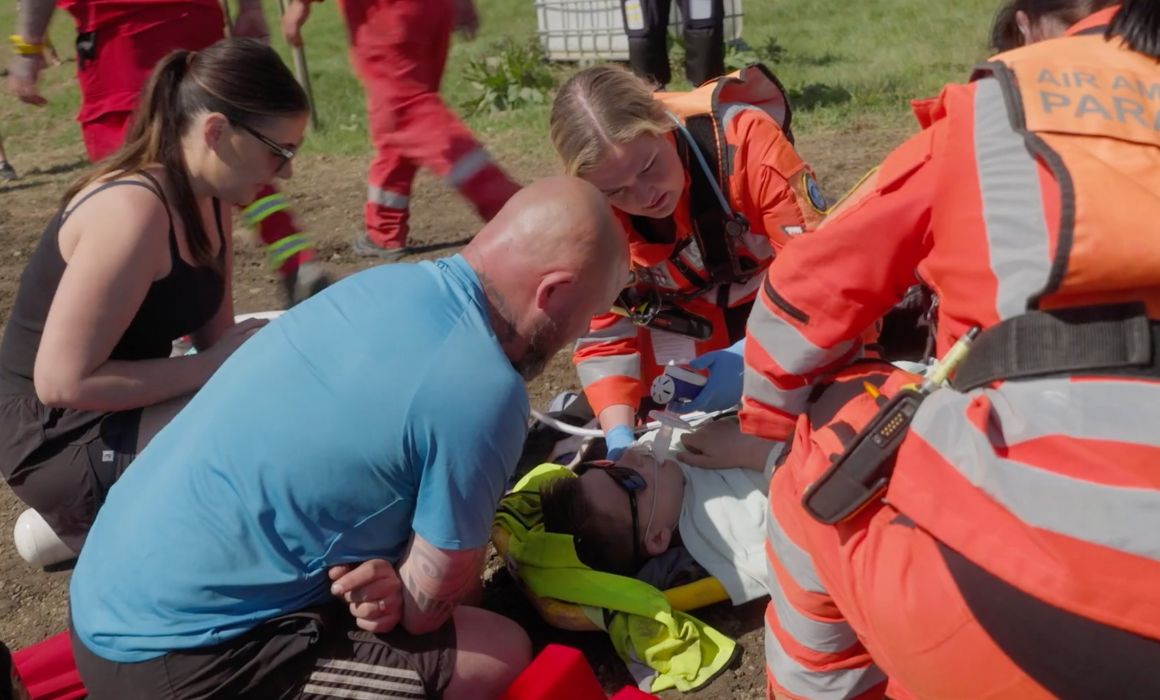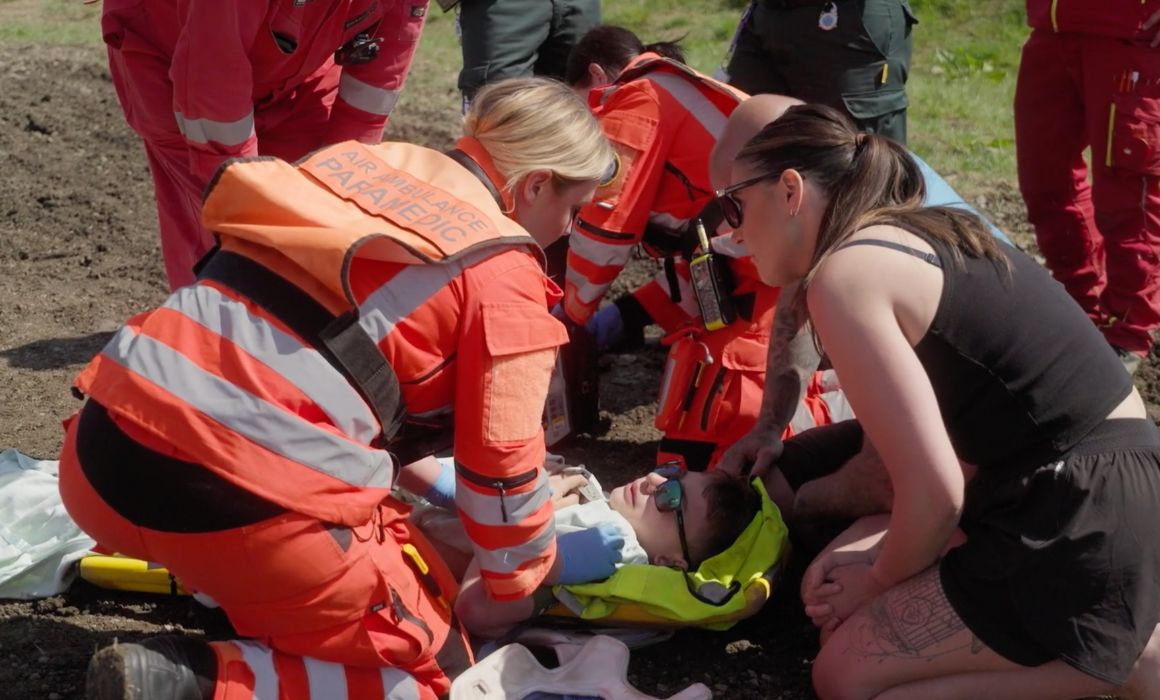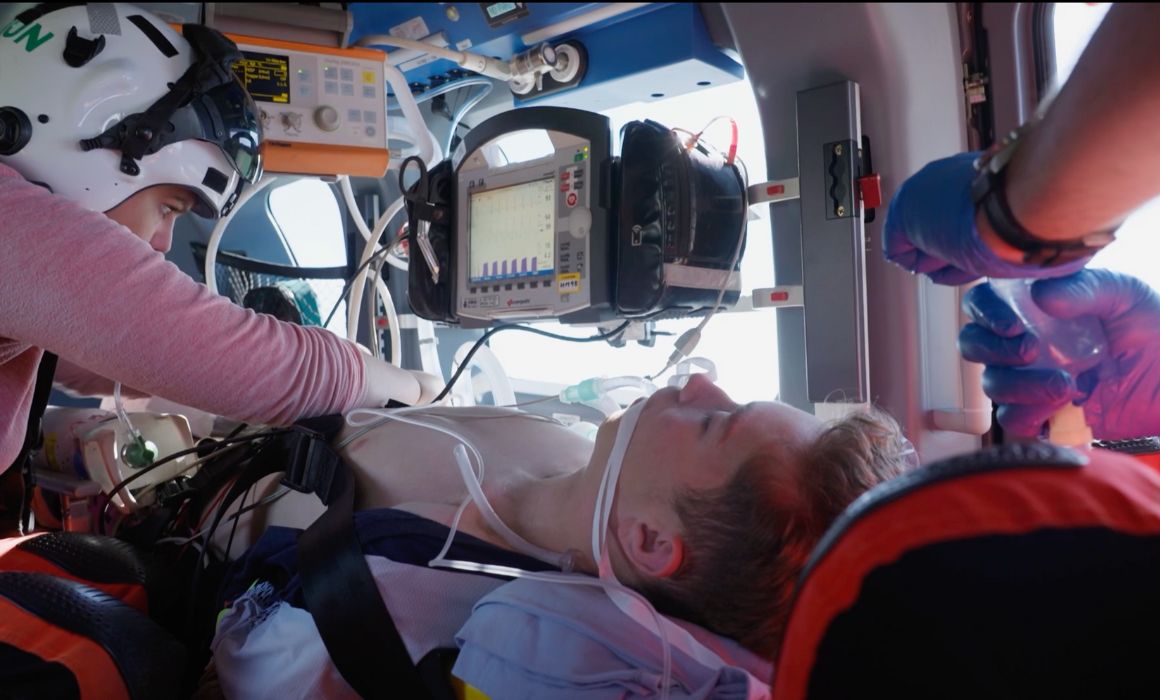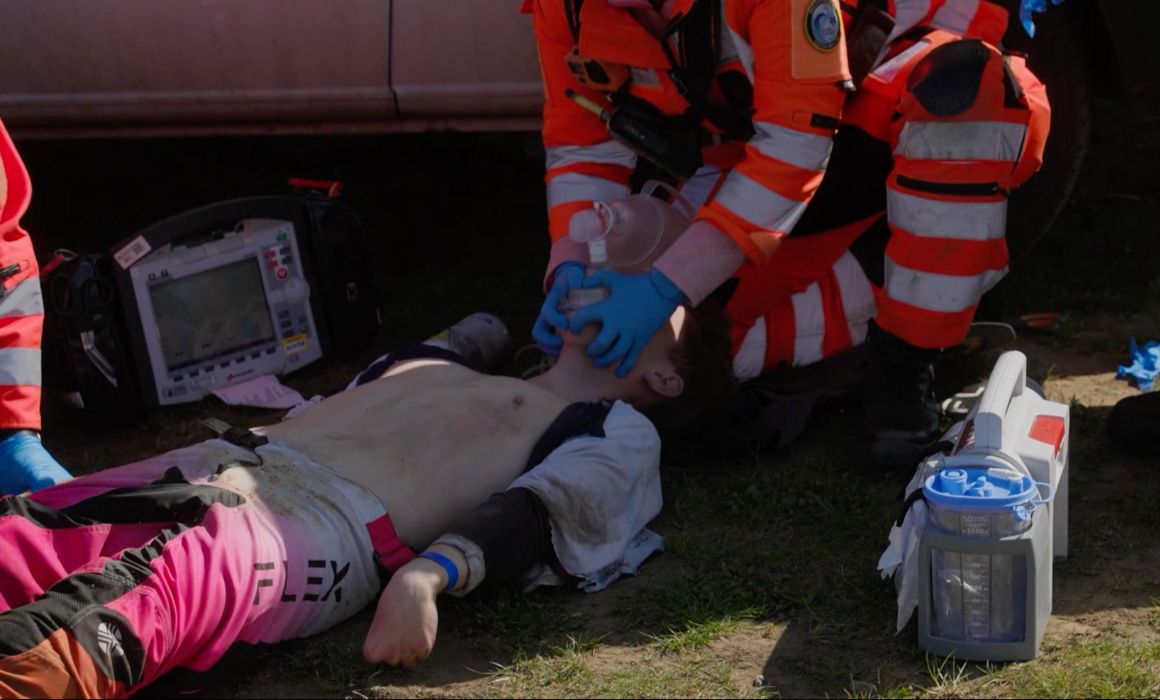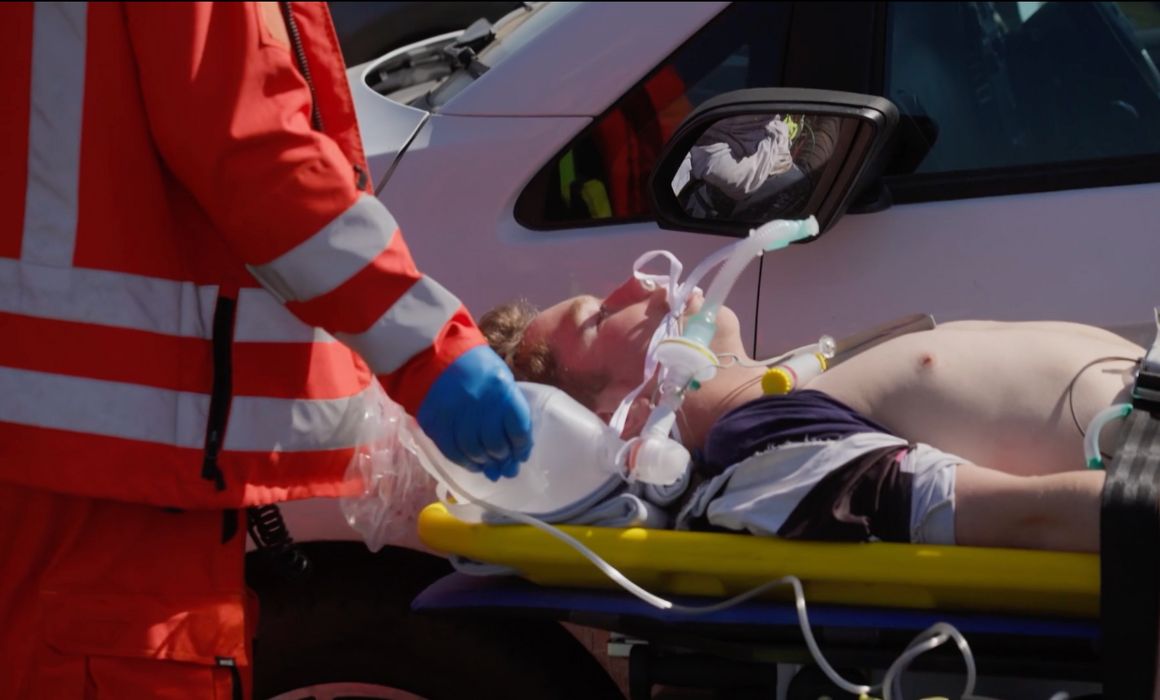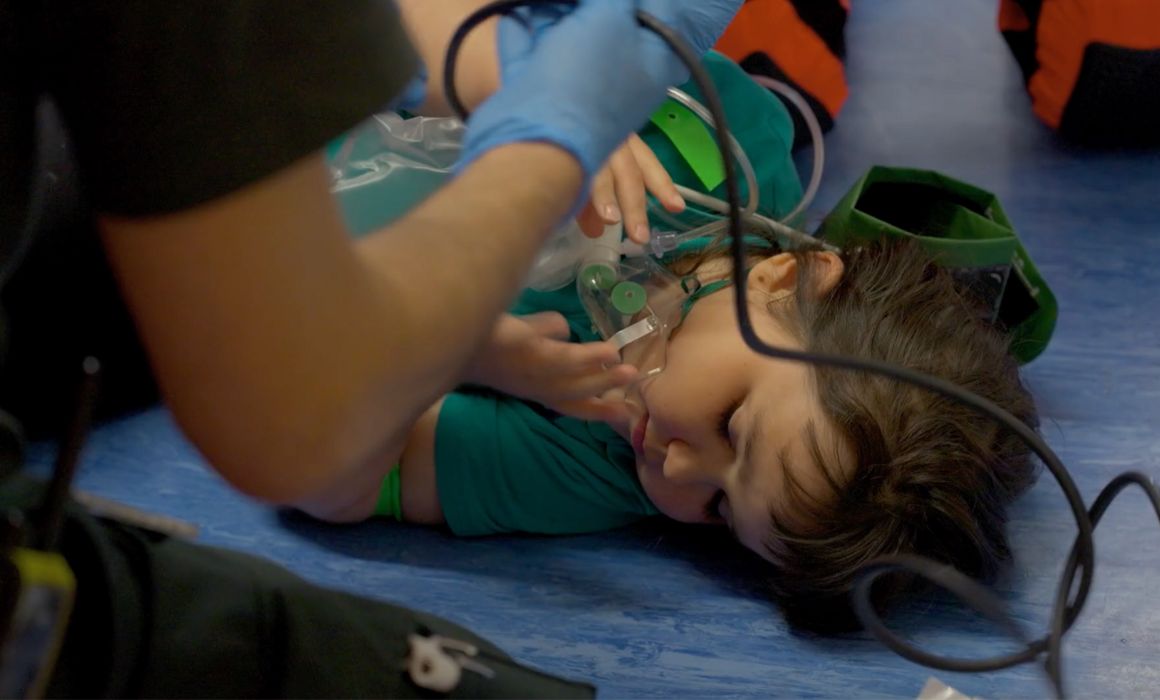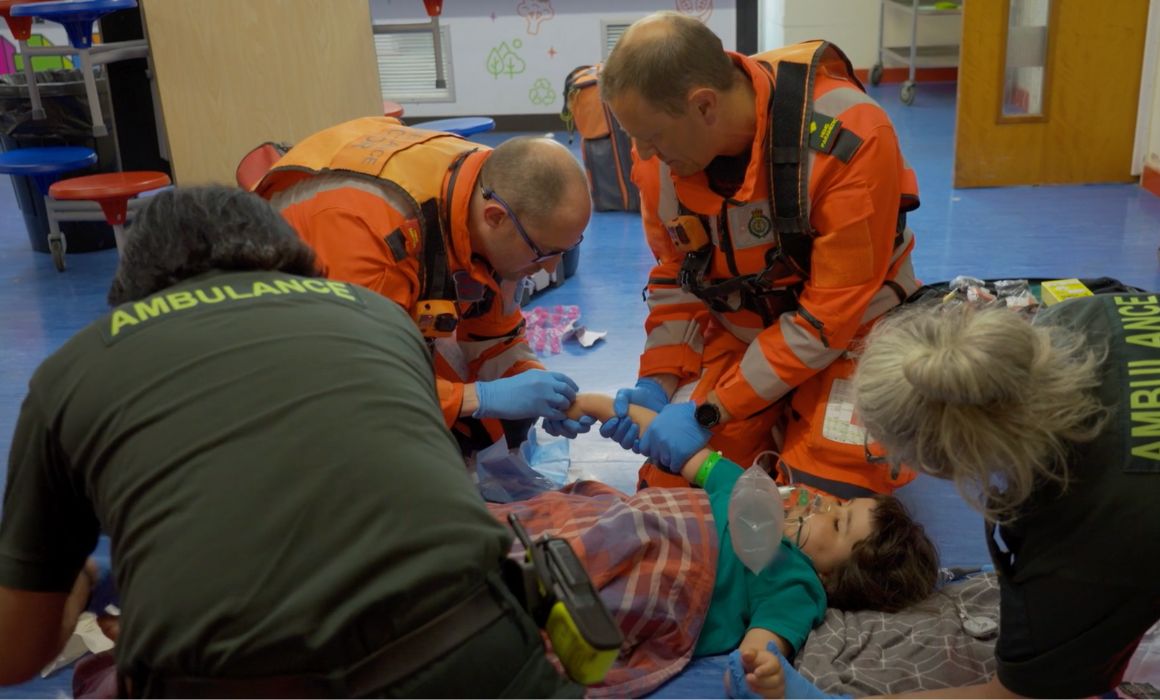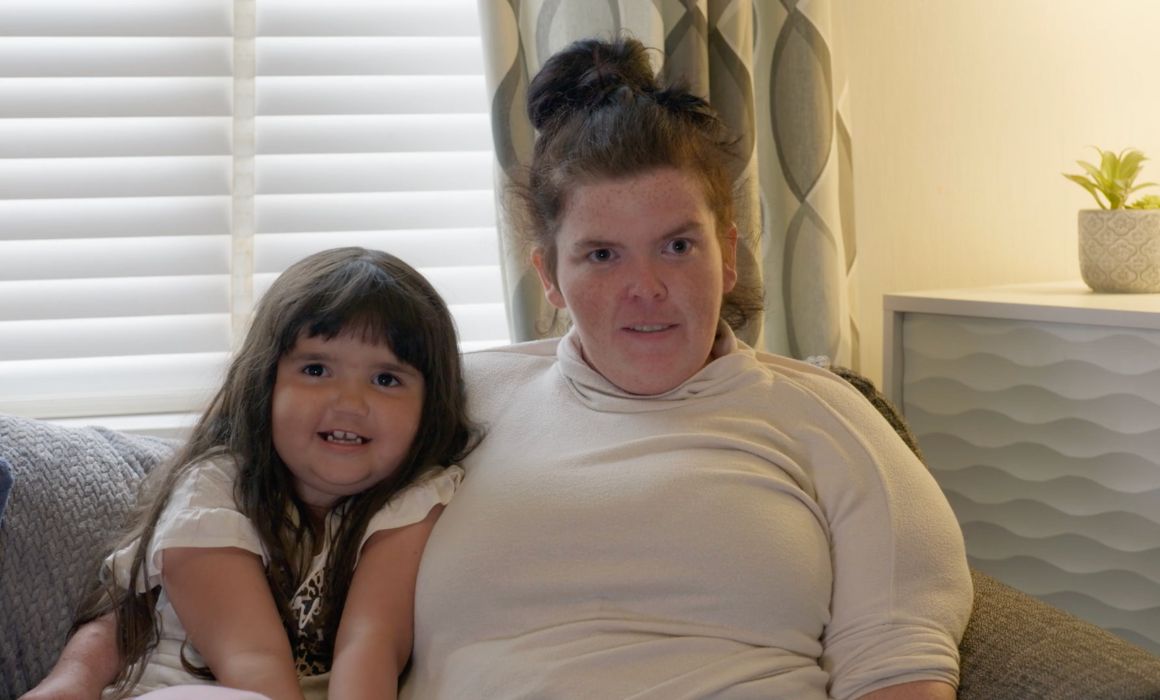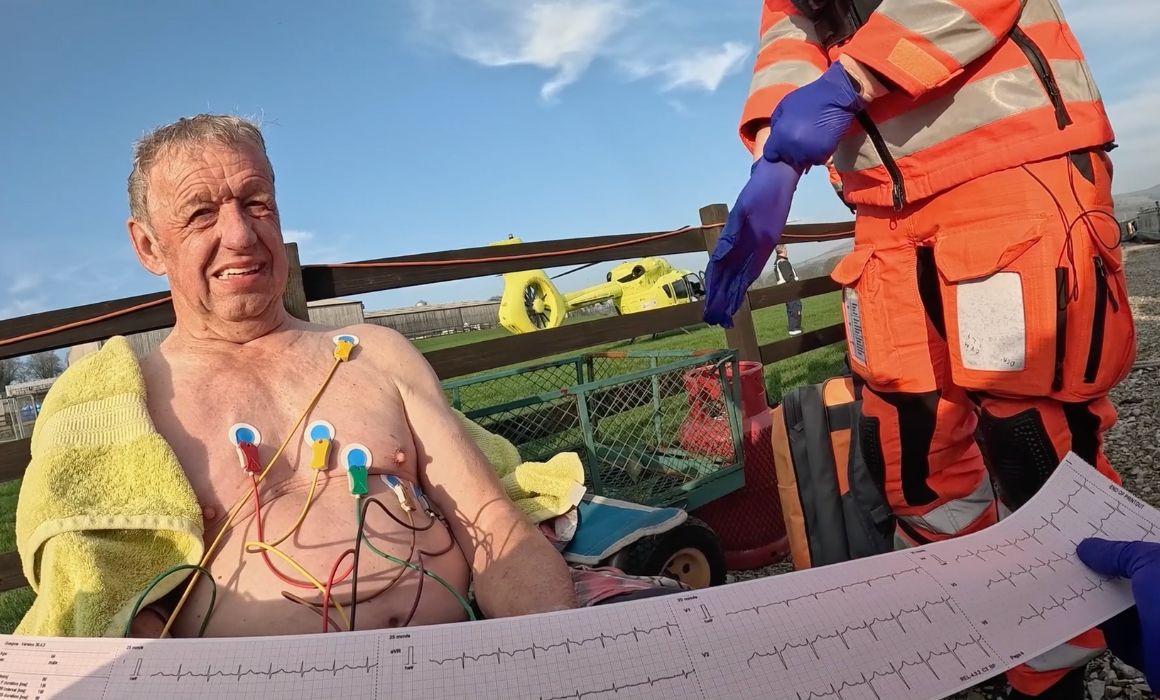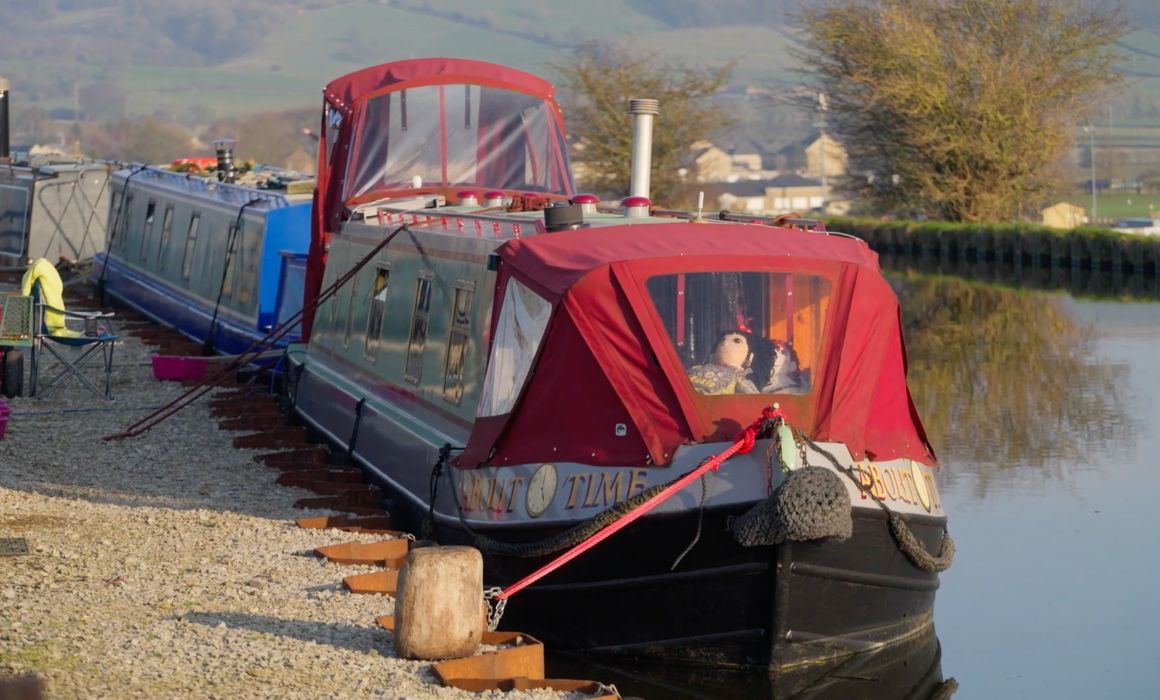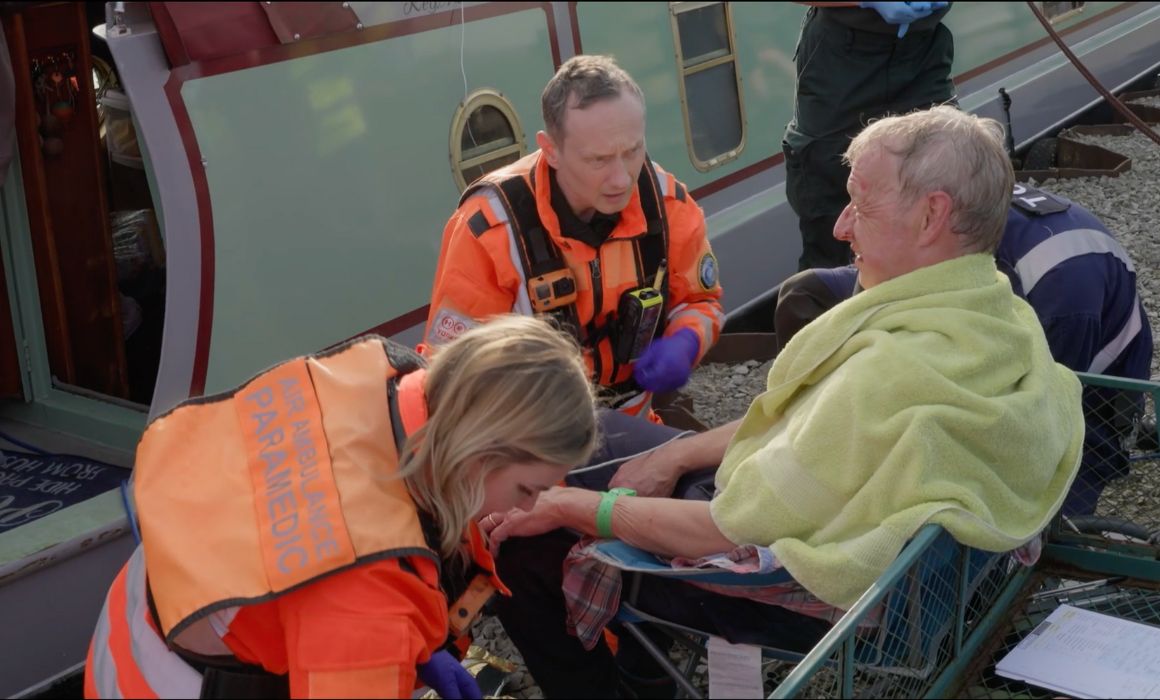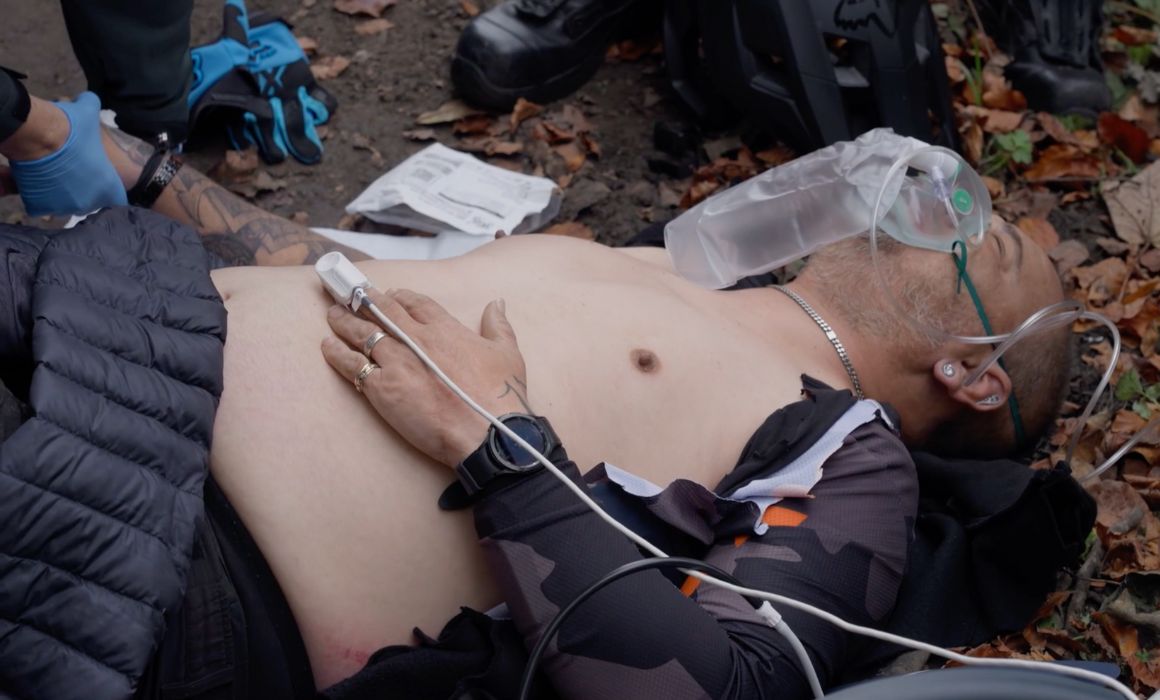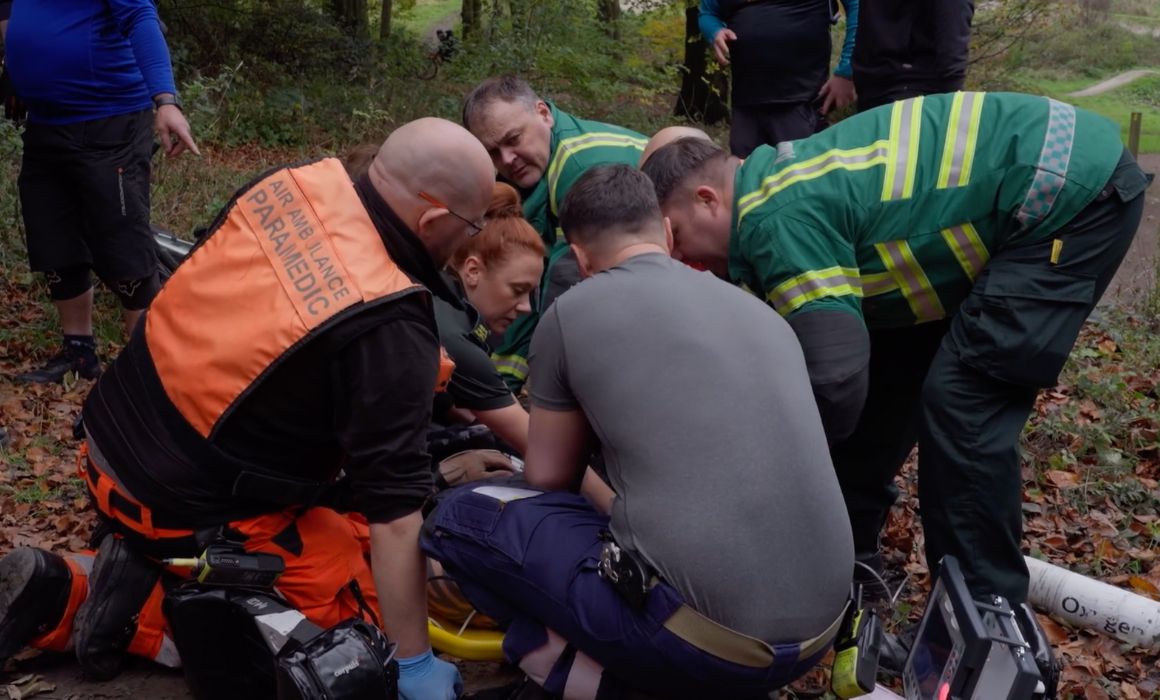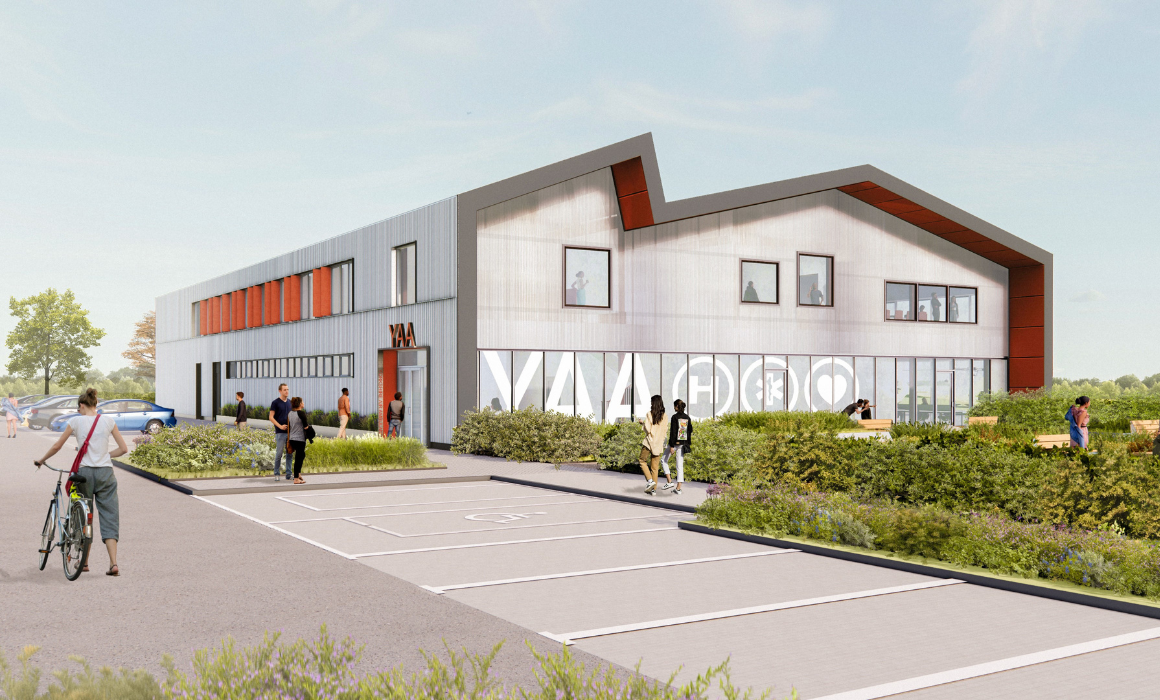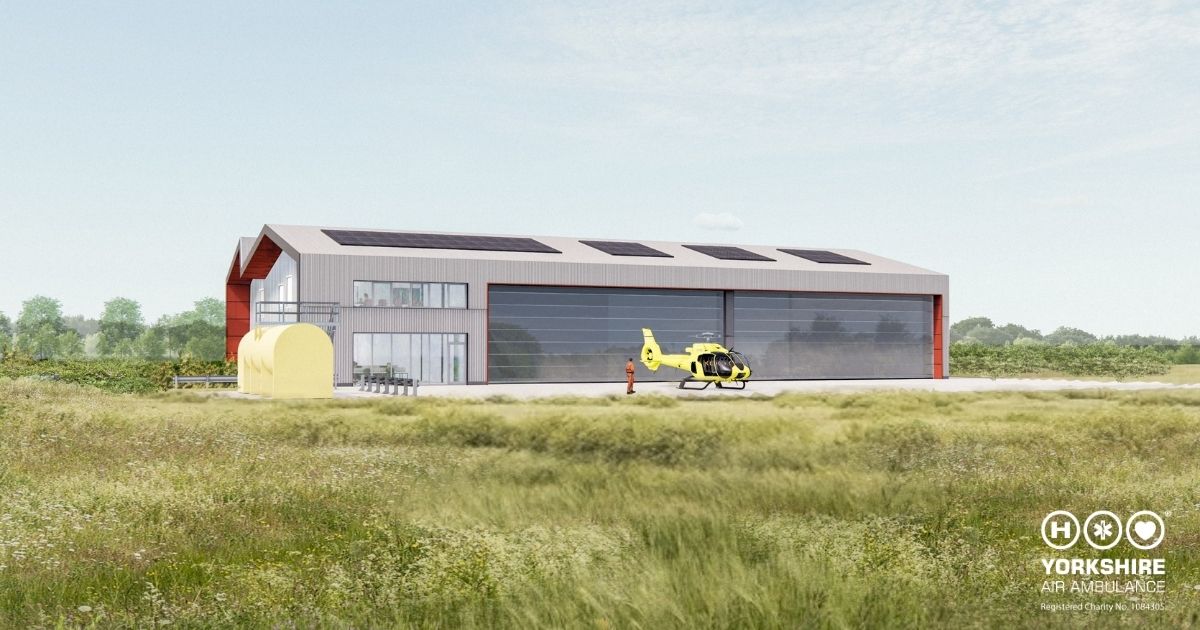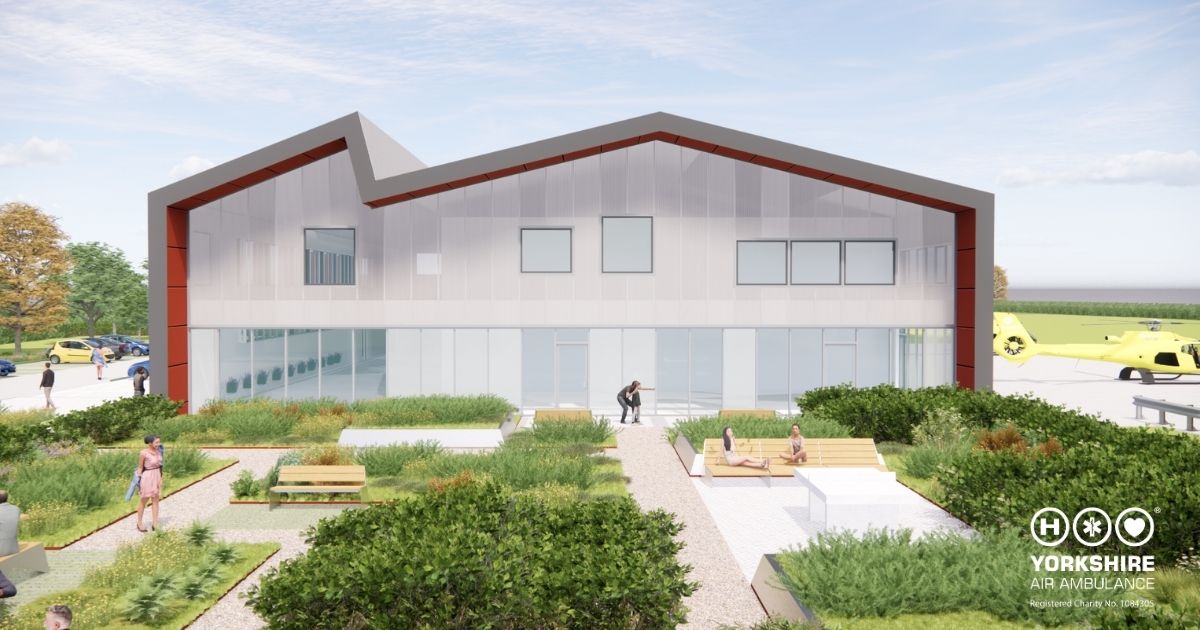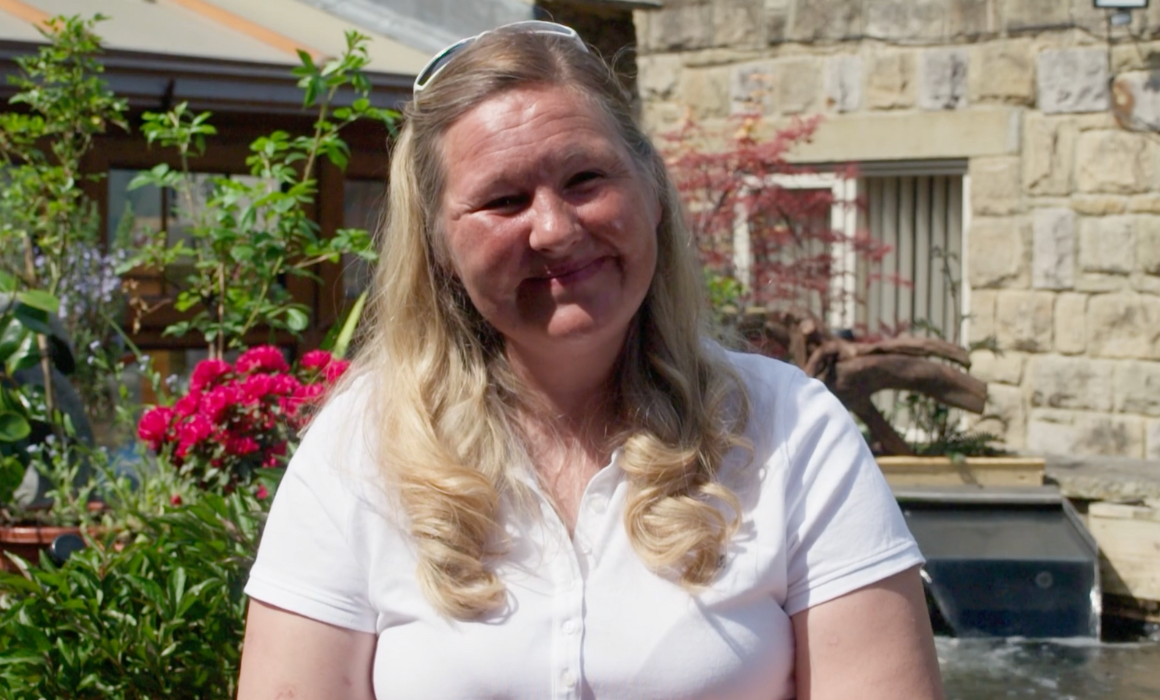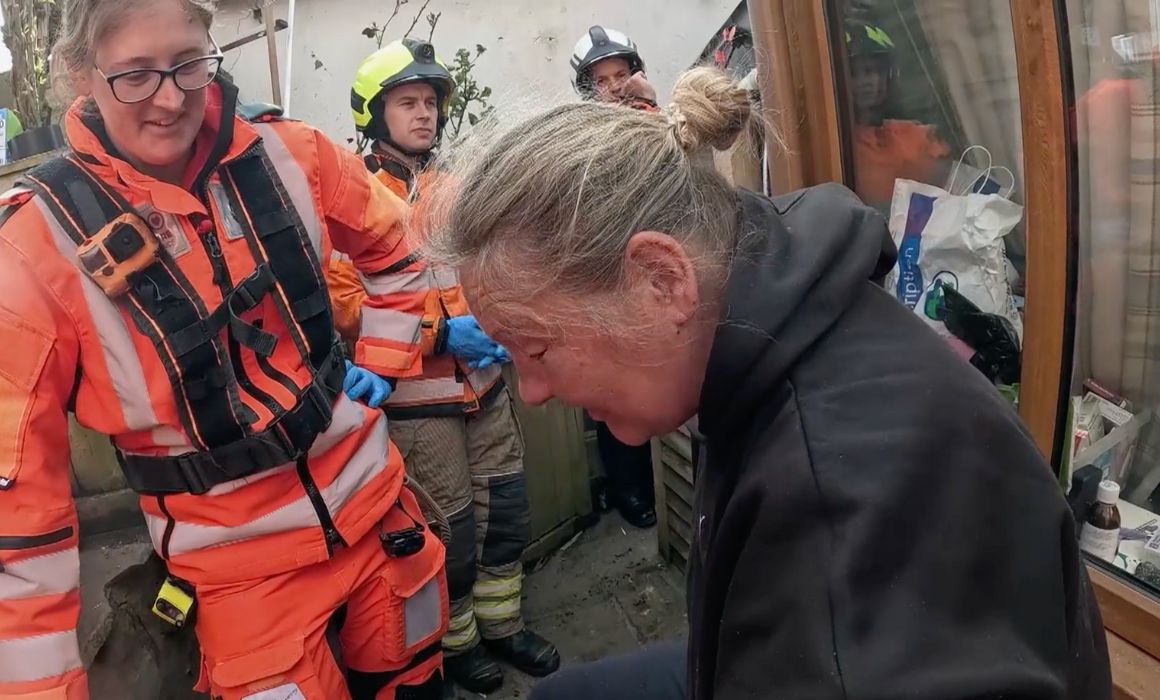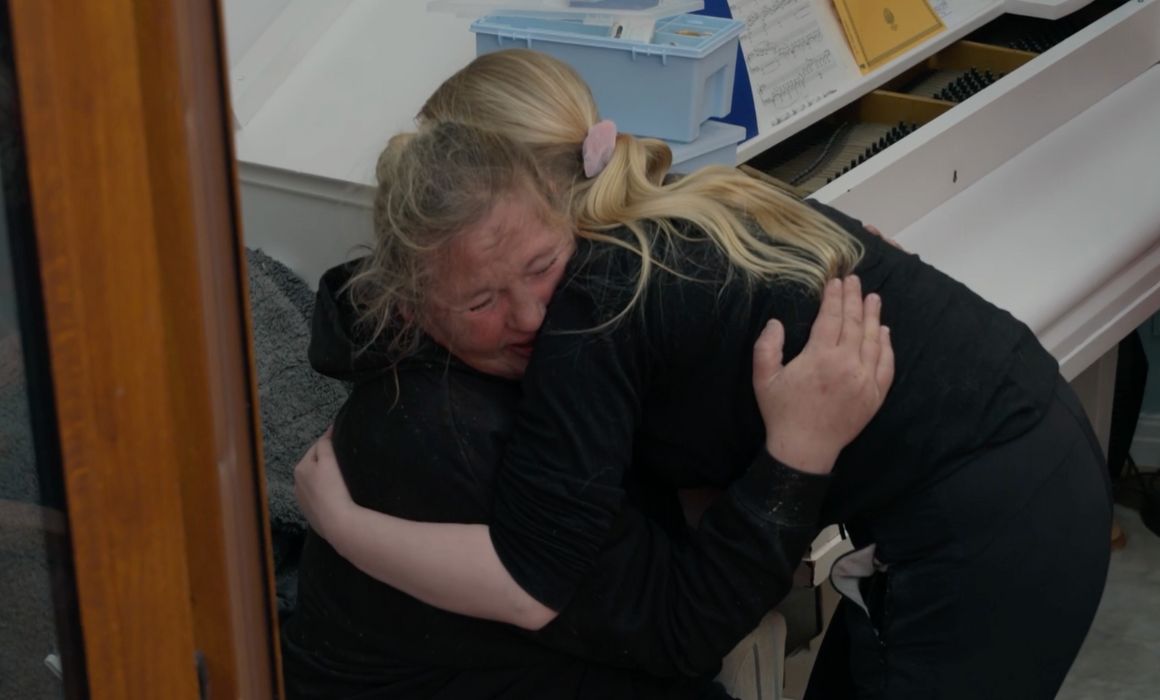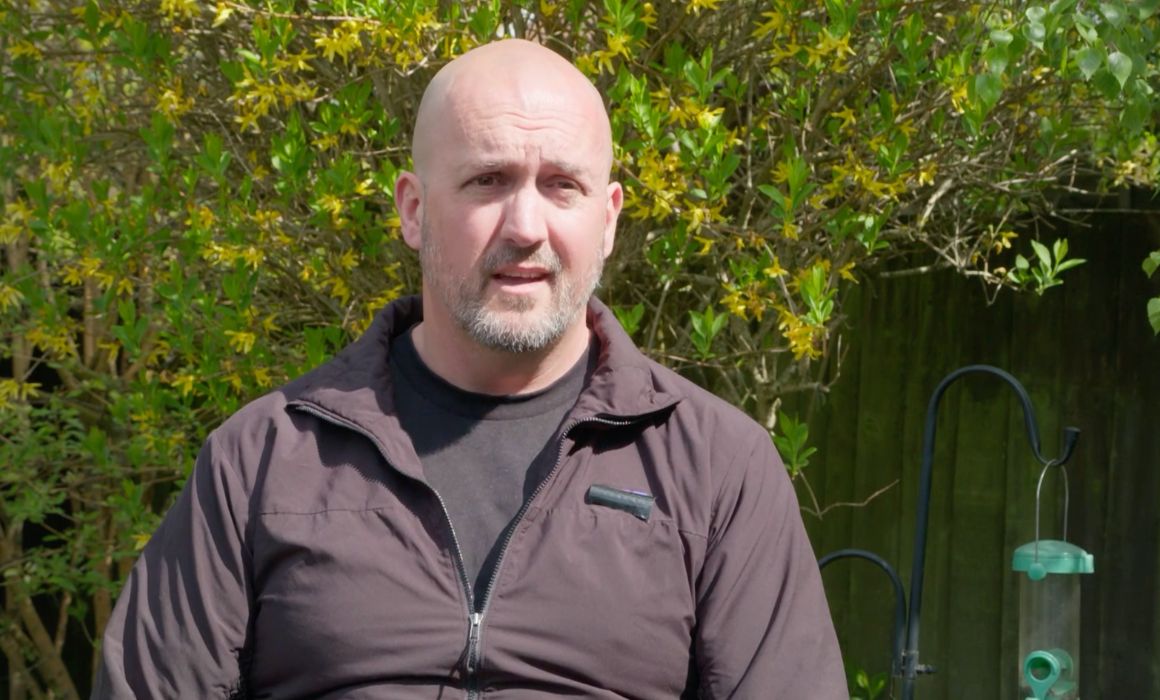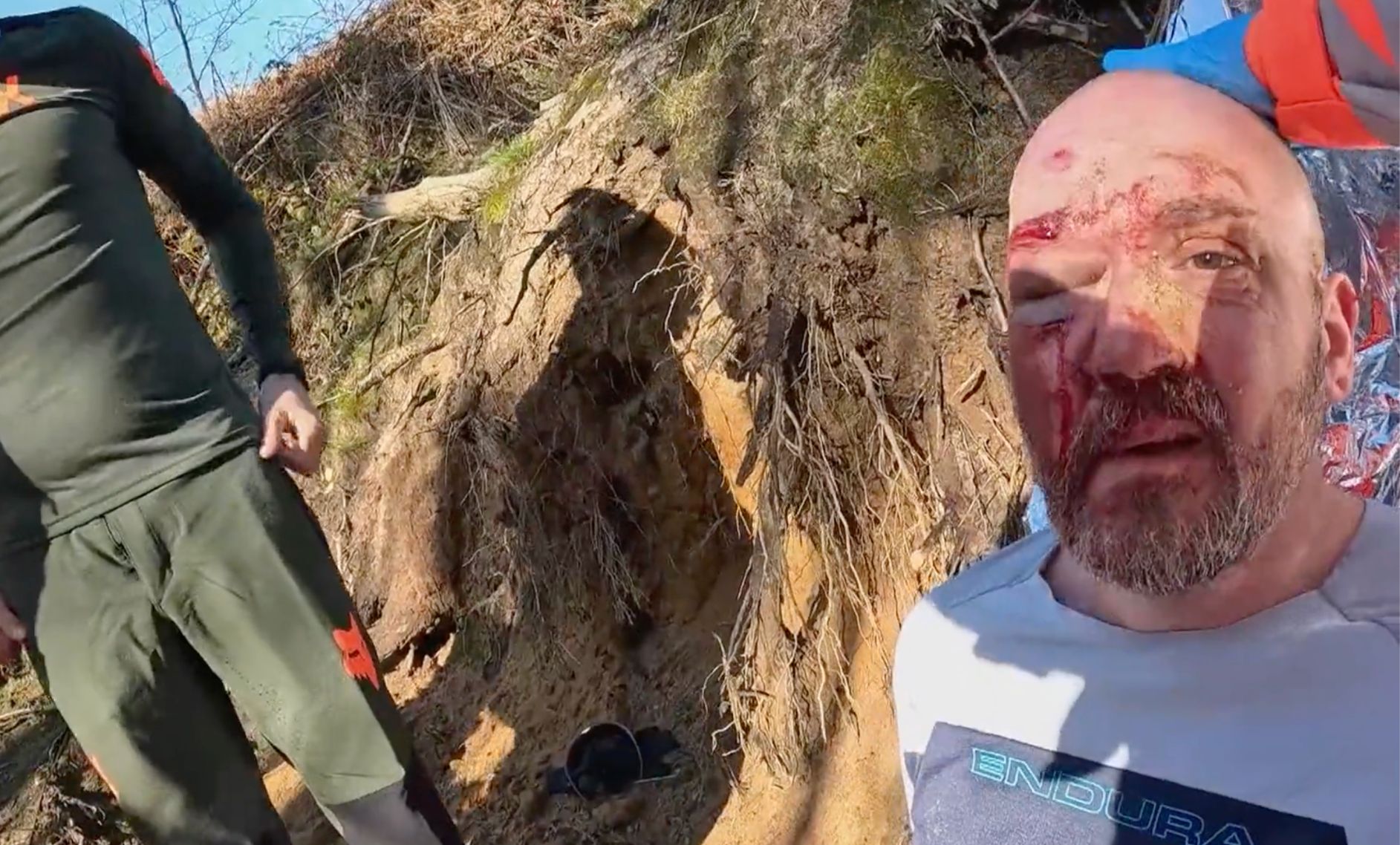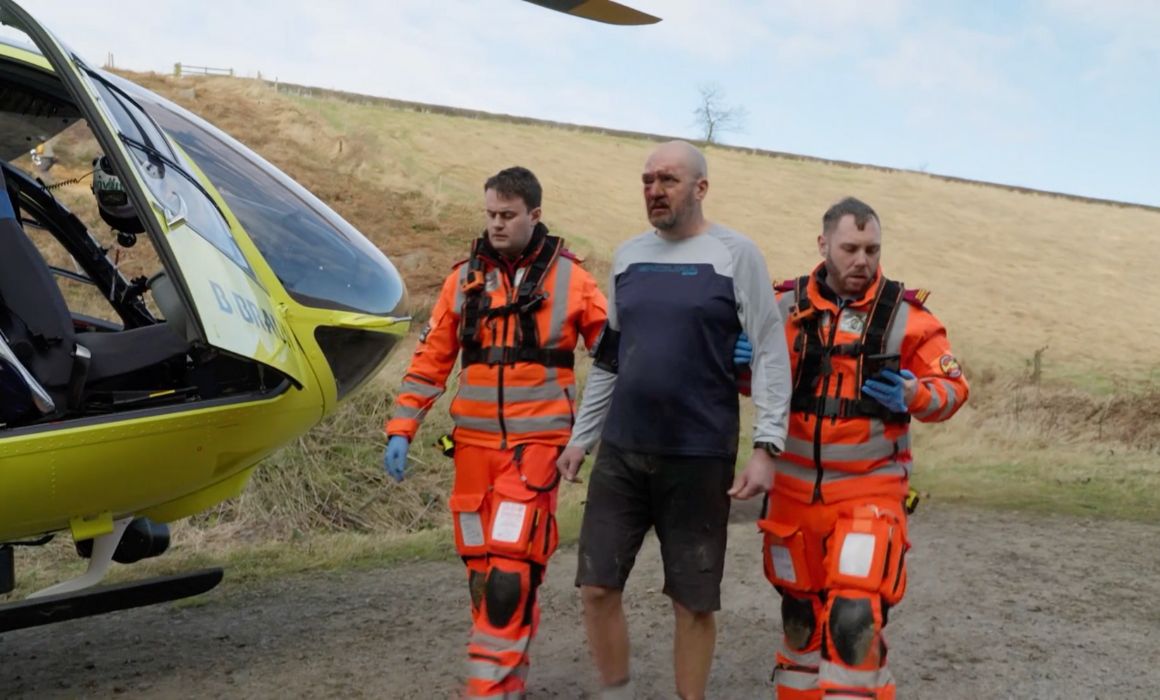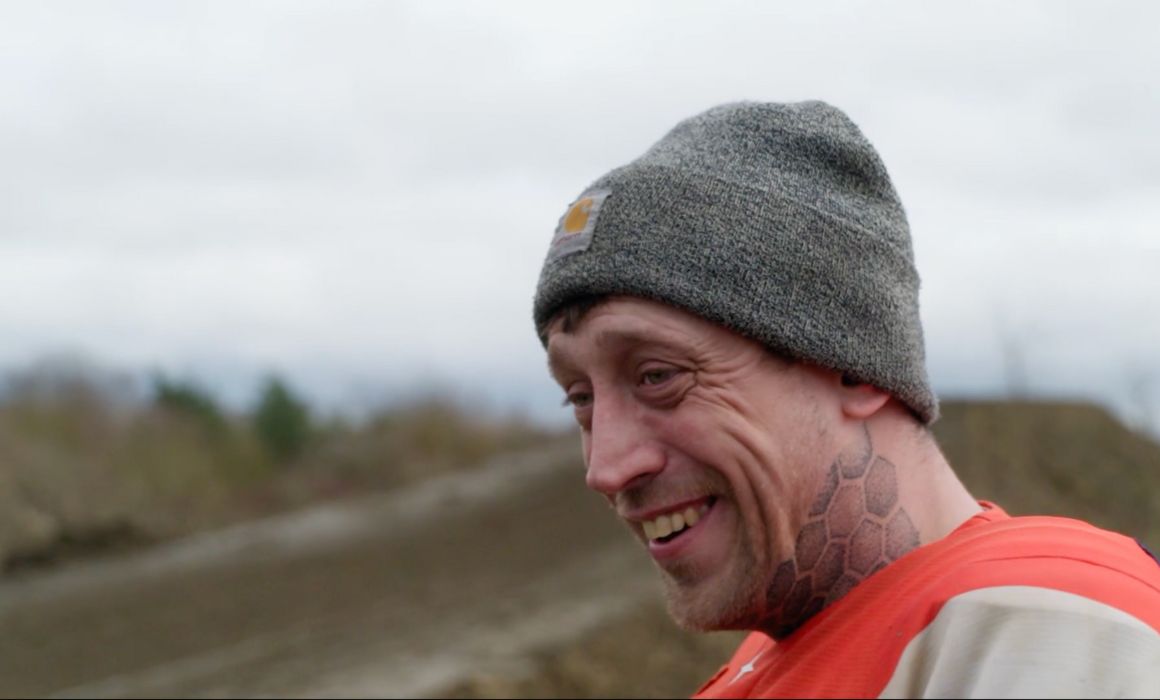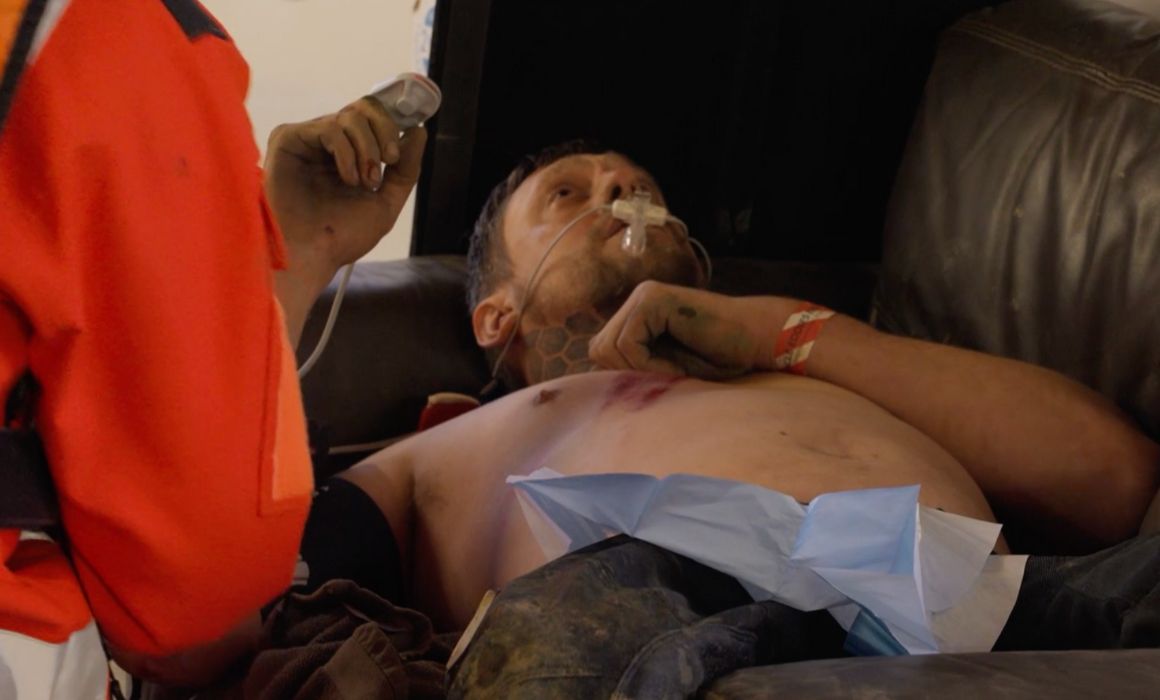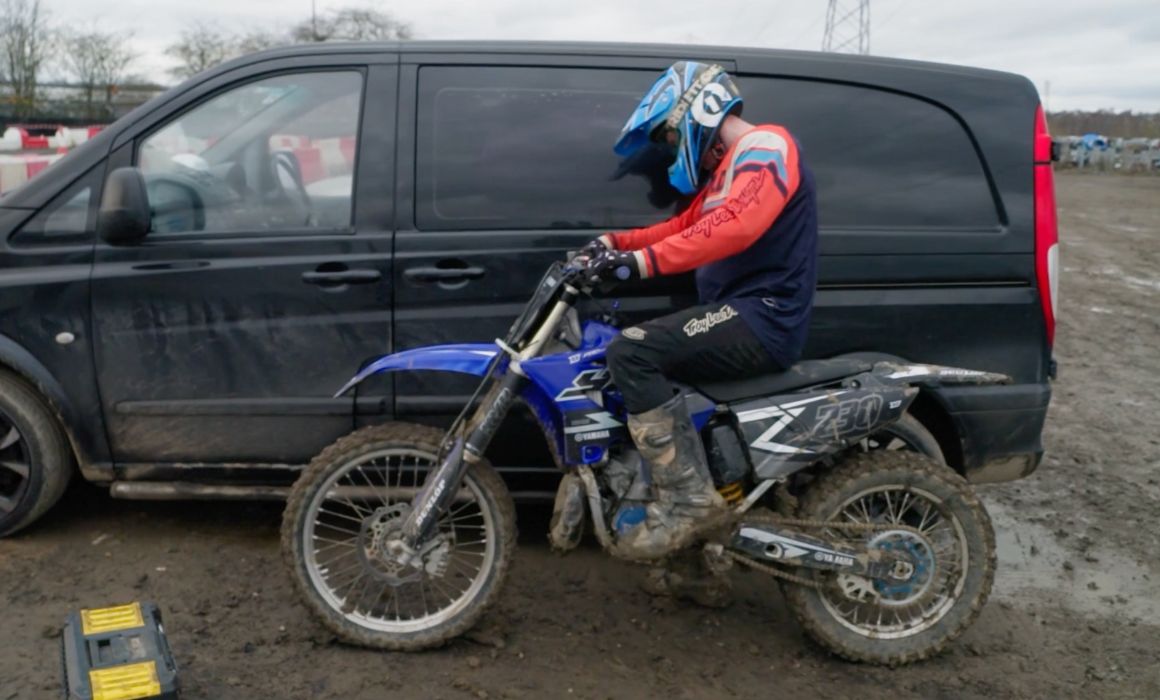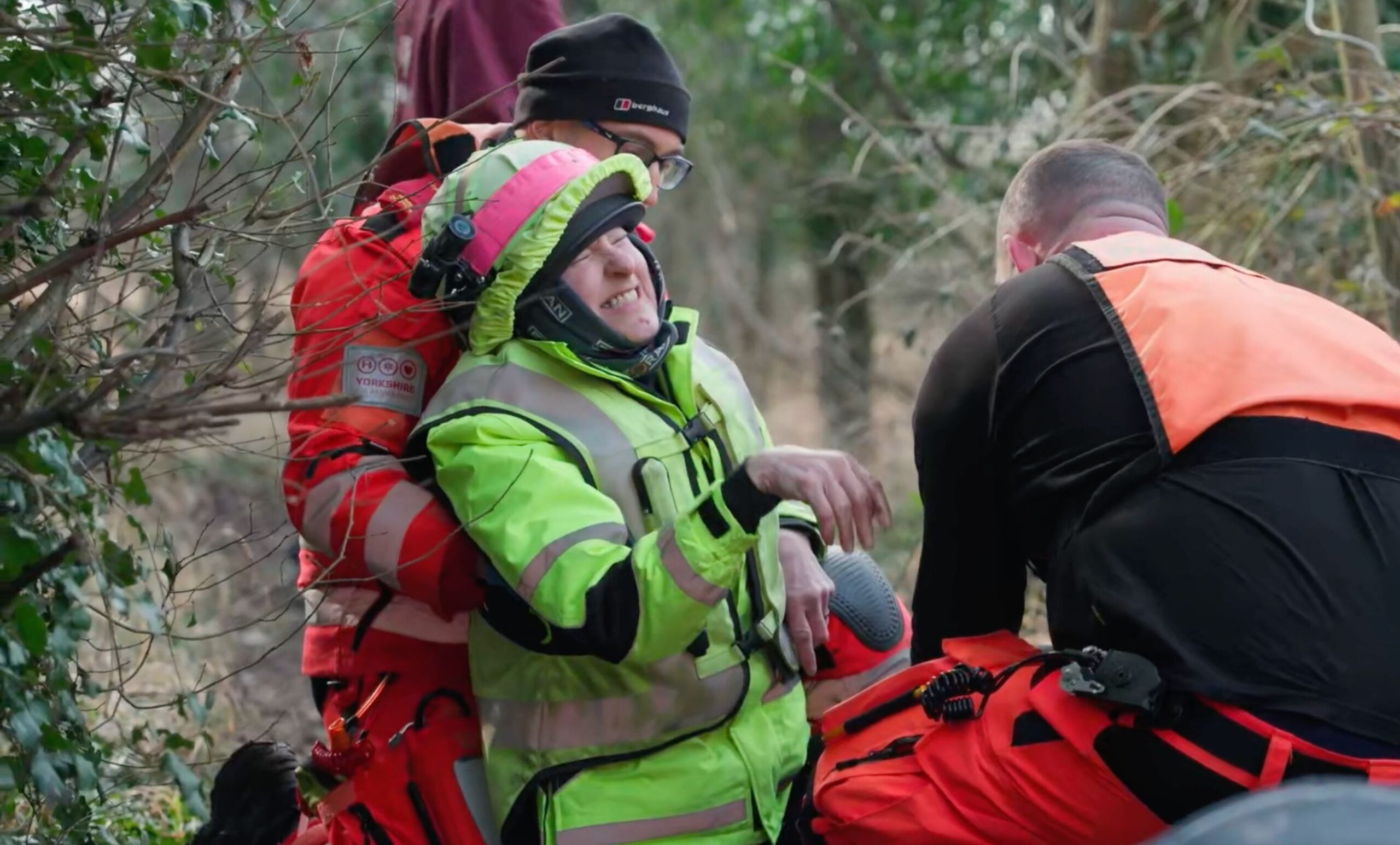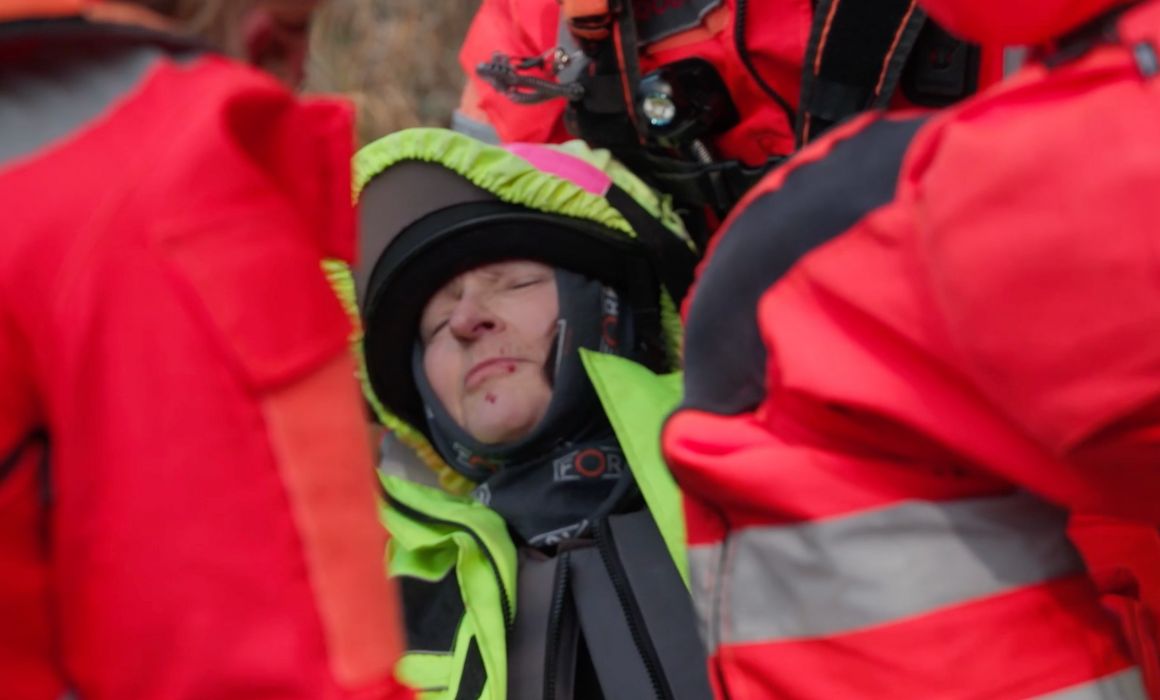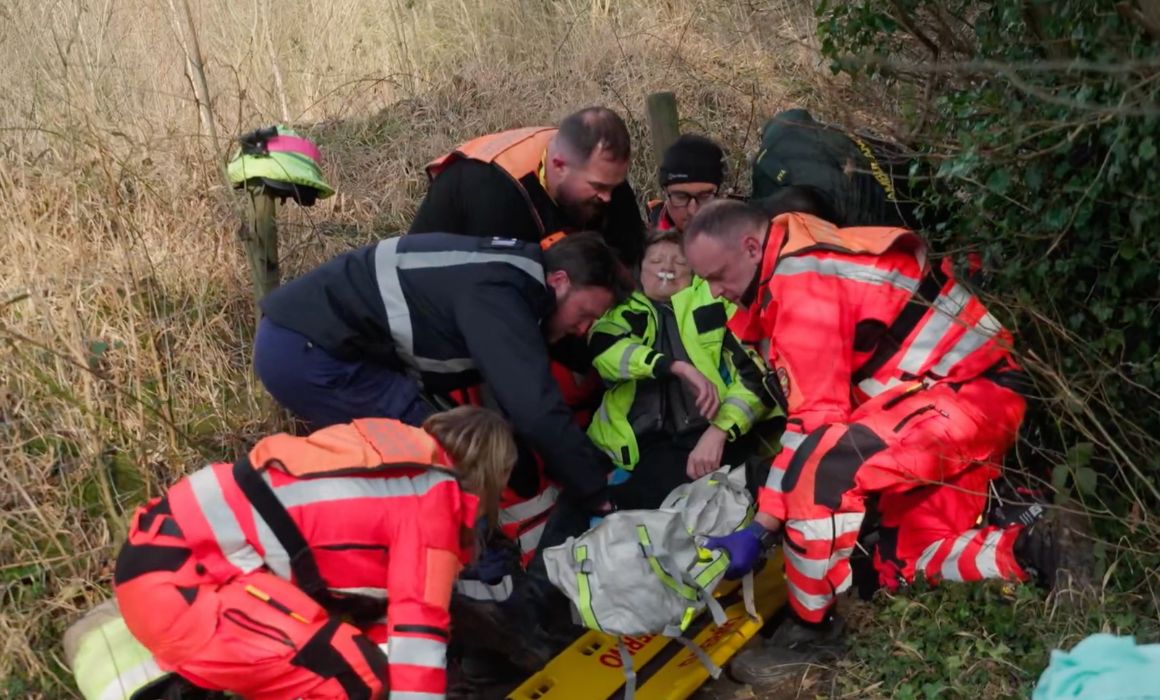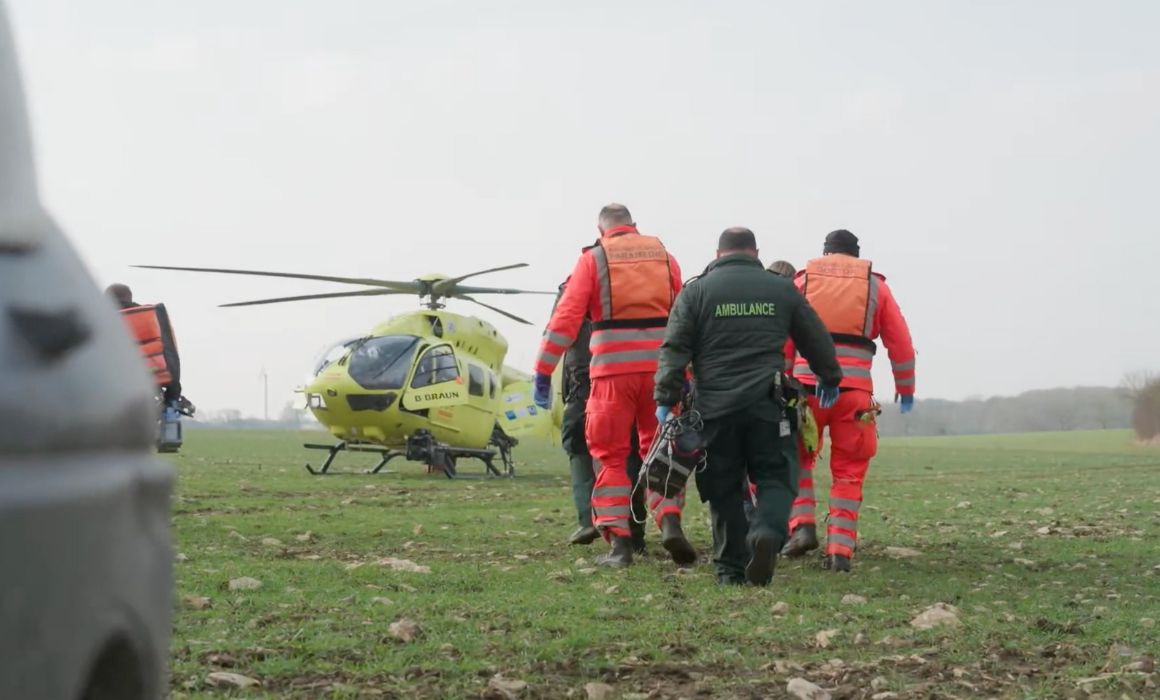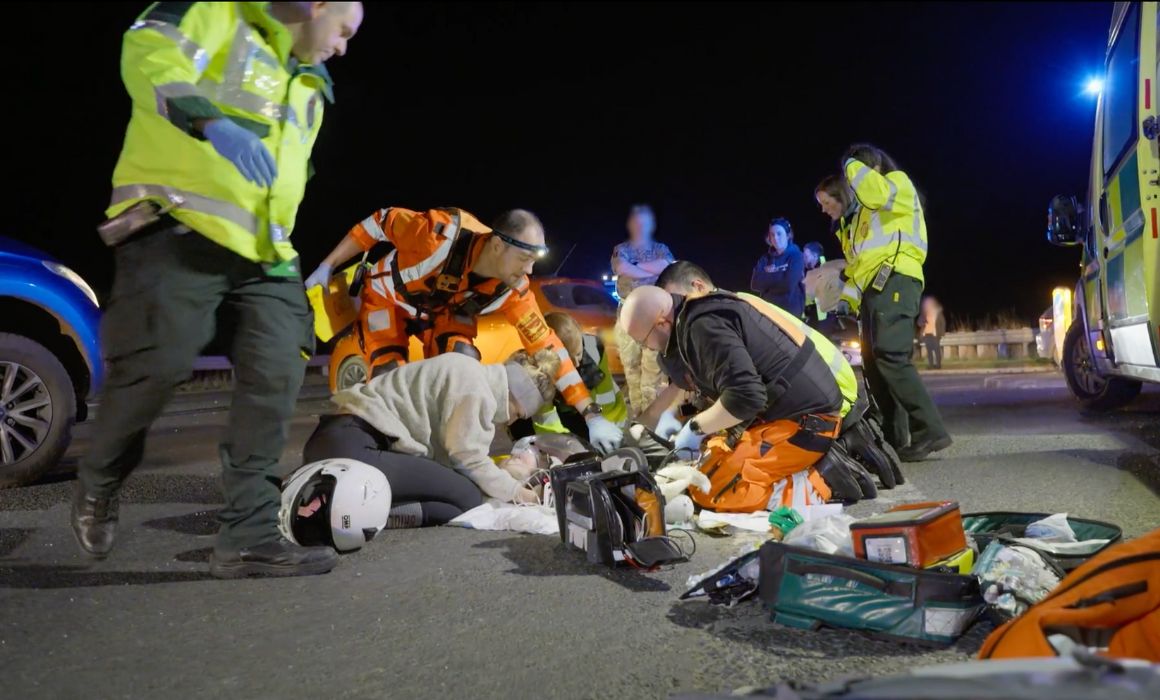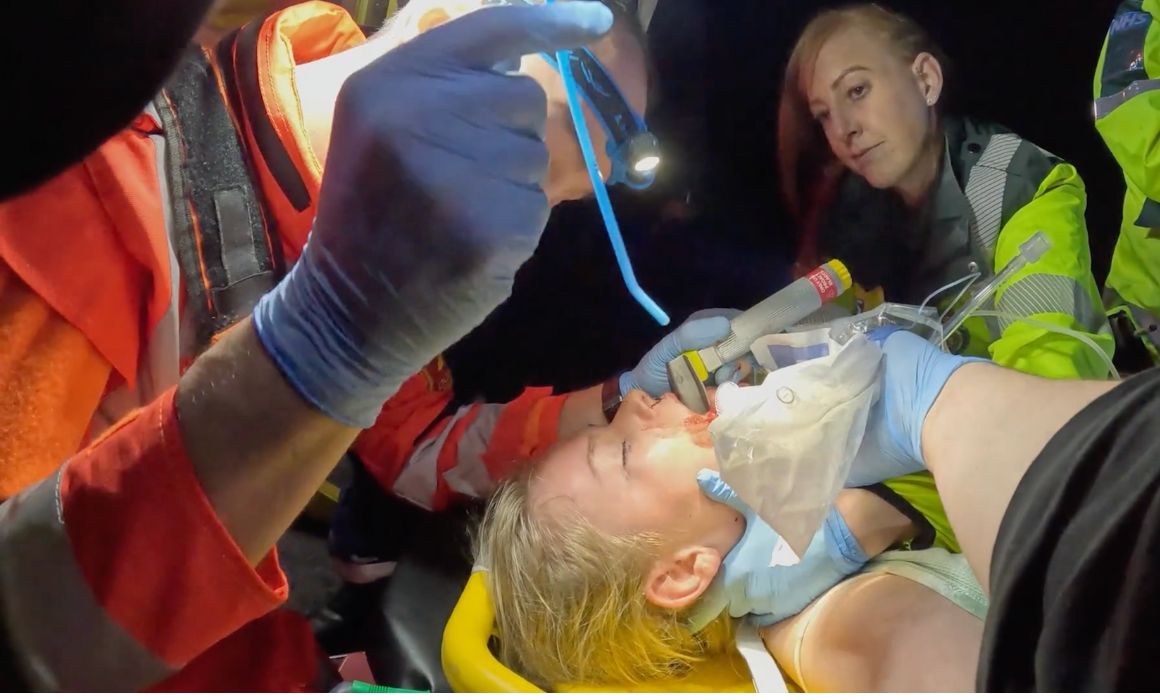The latest episode of Yorkshire Air 999, airing on Really and discovery+ this Friday 11th July at 9PM, follows the Yorkshire Air Ambulance (YAA) team as they respond to a man who suffered a cardiac arrest during a five-a-side football match in Northallerton.
32-year-old Regan Pearson was taking part in his weekly five-a-side football match at a leisure centre with work colleagues when he suddenly collapsed, falling backwards and hitting his head on the floor. One of his teammates, who had completed a workplace first aid course, rushed to help, placing Regan in the recovery position. Leisure centre staff quickly joined the efforts to help, and recognised that Regan had stopped breathing, immediately beginning CPR before calling 999 for assistance.

Tom said, “The RRV can sometimes reach incidents in built-up areas more quickly than the aircraft. Cardiac arrests are incredibly serious, if the heart isn’t beating and the patient isn’t breathing, they will die without rapid intervention. Immediate CPR and early defibrillation can make all the difference.”
Arriving at the leisure centre, the YAA team were escorted to the indoor pitch, where Regan was already receiving treatment from a local land ambulance crew. Paramedics explained that Regan had gone into cardiac arrest moments after collapsing, but thanks to the quick actions of his teammates and staff at the centre, who used a nearby defibrillator, had successfully restarted his heart. Regan now had a pulse and was beginning to breathe for himself, but he remained unconscious and in a highly unstable condition.
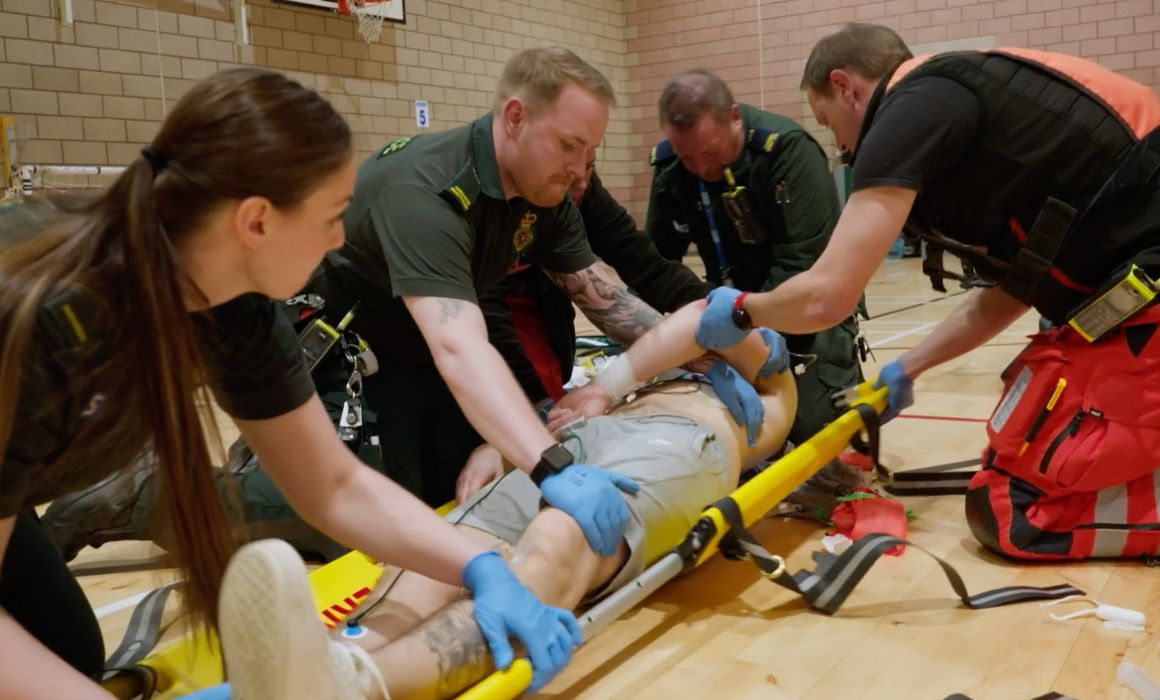
Reflecting on Regan’s critical condition, Tom said, “Regan had a pulse and had started to take some breaths by the time we arrived, which was a really positive sign, but he was still critically unwell. Just because he’d had a return of circulation didn’t mean he was out of danger. There was still a very real risk that his heart could stop again at any moment. We needed to manage his airway, support his breathing and stabilise his condition as quickly as possible.”
Due to the severity of Regan’s condition and the risk of his heart stopping again, the team began preparing for a potential Rapid Sequence Induction (RSI), a procedure that can only be carried out by a doctor to take control of a patient’s airway and ensure vital oxygen continues to reach the brain.
With the YAA Doctor busy elsewhere, a neighbouring Air Ambulance Doctor and team arrived to undertake the RSI and support Regan’s ongoing treatment, before accompanying him by road to James Cook University Hospital in Middlesbrough.
On arrival, Regan was taken straight into the hospital’s resuscitation area, where a specialist medical team was assembled and ready to take over his care.
Tests at the hospital later discovered Regan had a previously undiagnosed congenital defect in his right coronary artery that had caused the cardiac arrest. He underwent open heart surgery to correct the issue and was fitted with an implantable cardioverter defibrillator (ICD) as a precautionary measure.
Now back at work and continuing his recovery, Regan said, “You never think something like this will happen to you. I’m only 32, and the average age for a cardiac arrest in the UK is around 70. It took a while to sink in just how serious it all was. Words can’t describe how much I appreciate the fast reactions of everyone that day, from my mates to the staff at the leisure centre and all the medical professionals involved. Without them, I wouldn’t be here. I don’t know what the future holds, and there’s always that worry it could happen again, but I know how incredibly lucky I am to still be here.”
